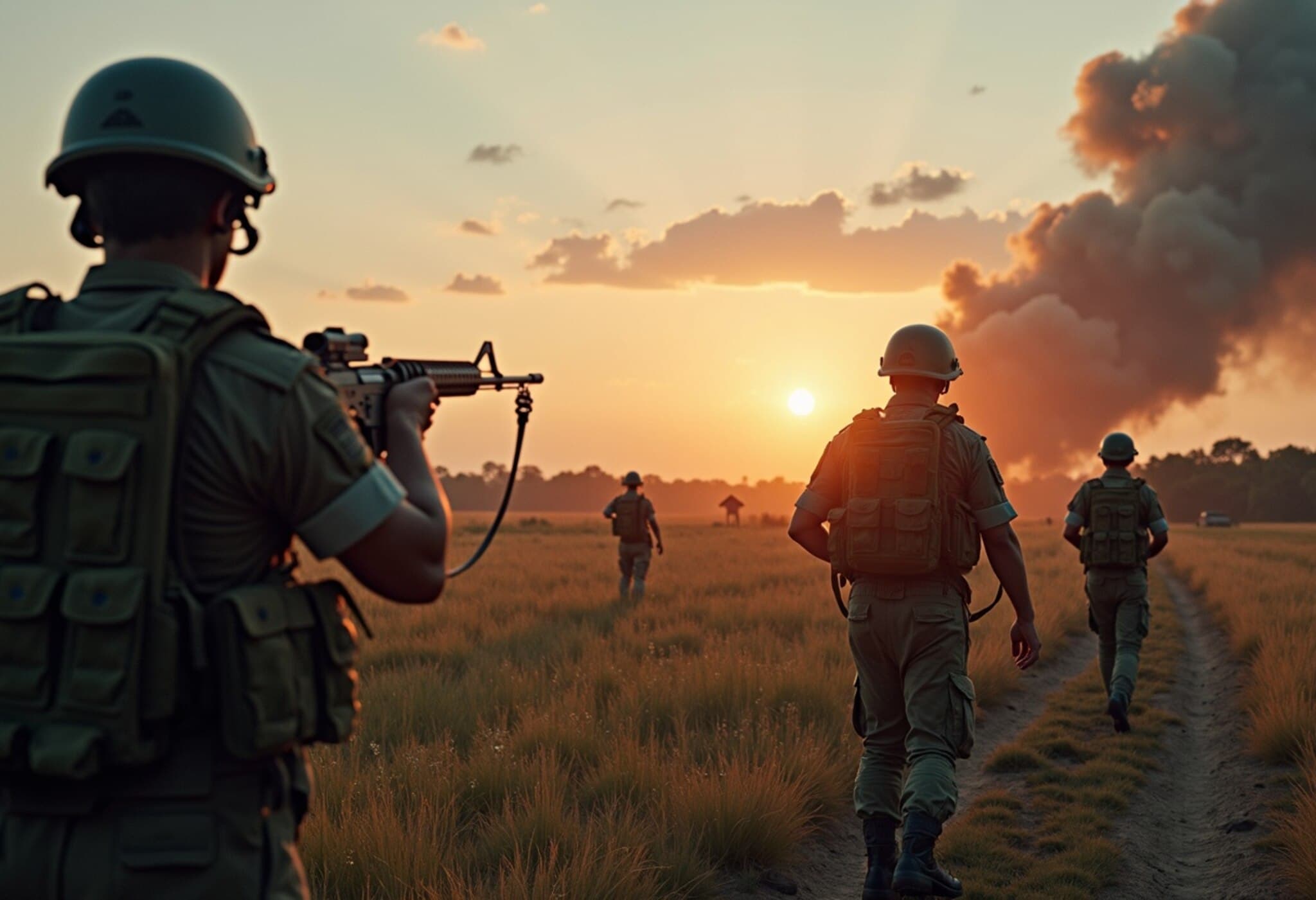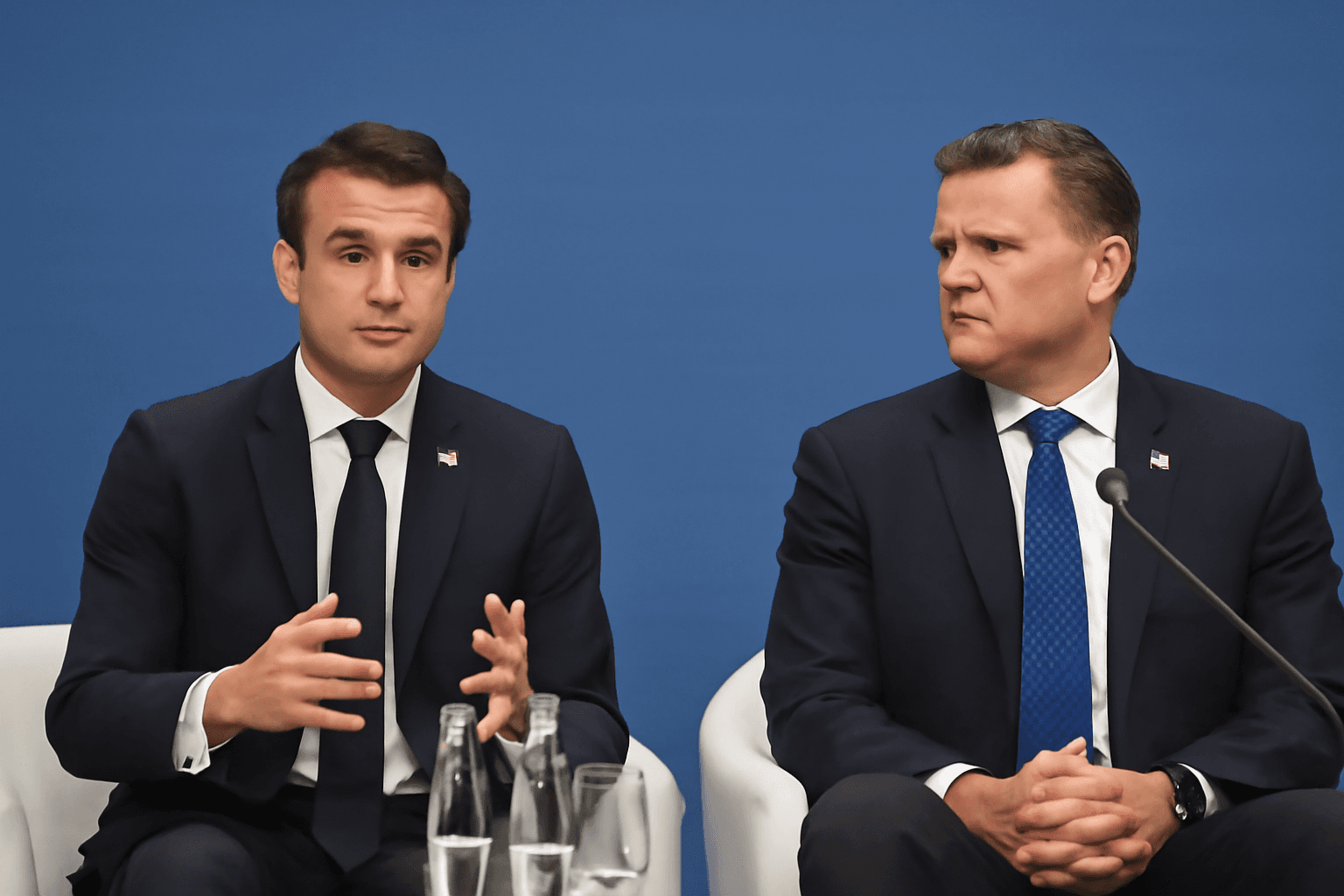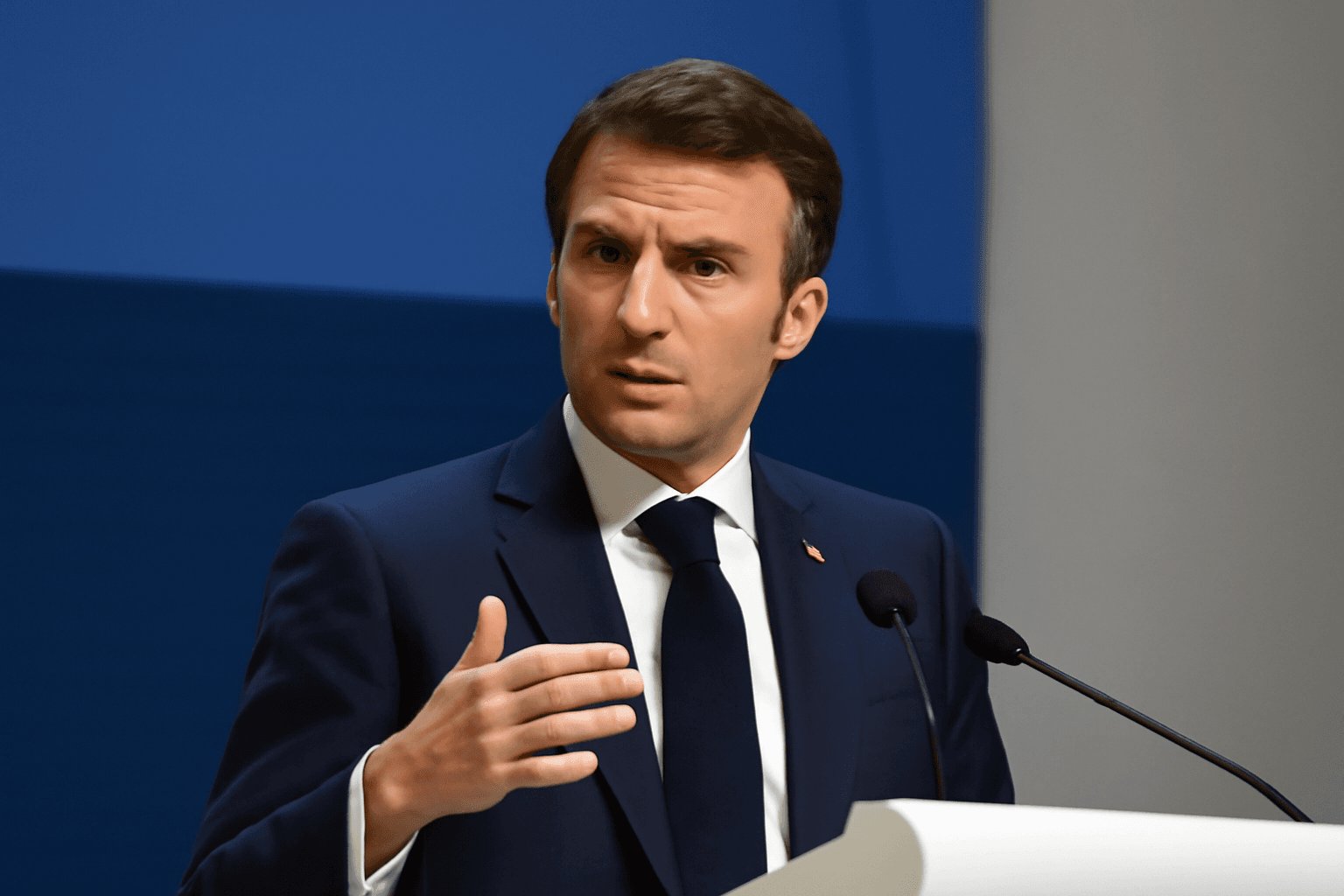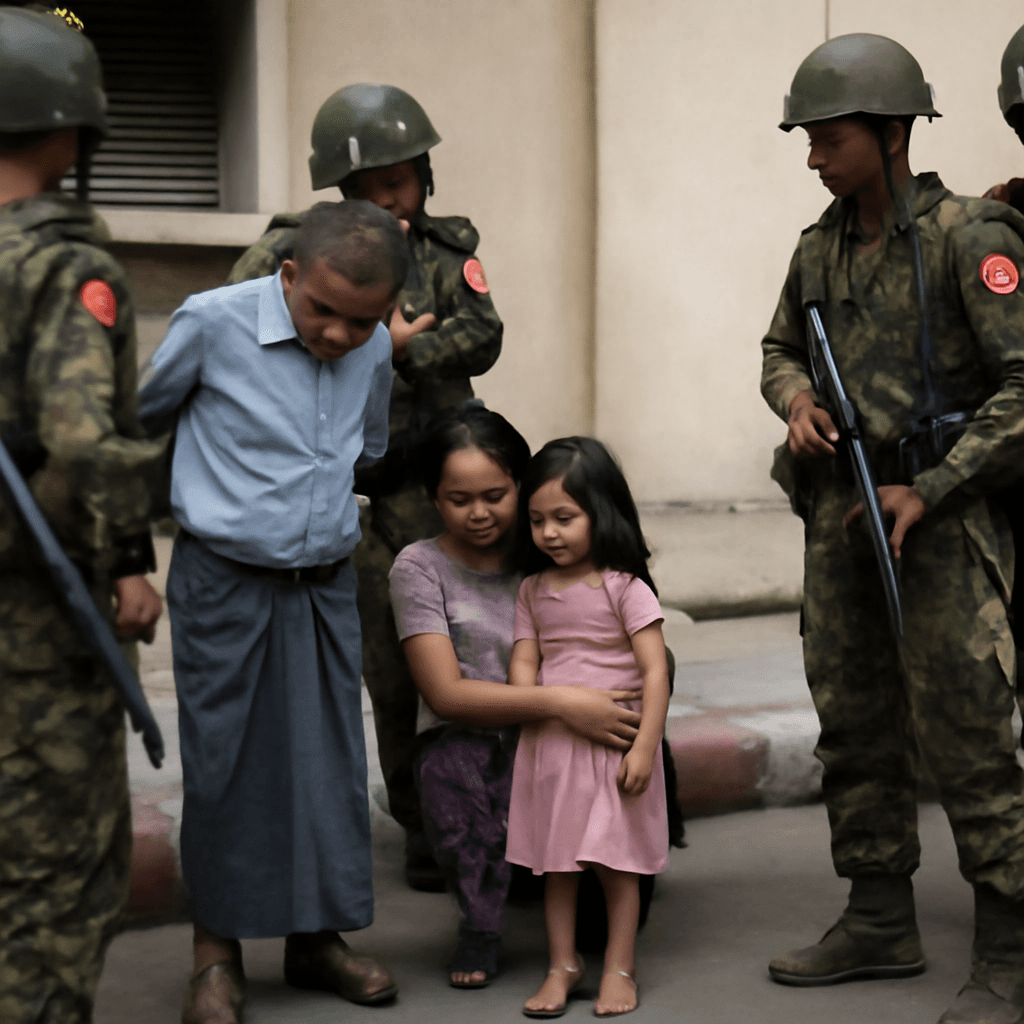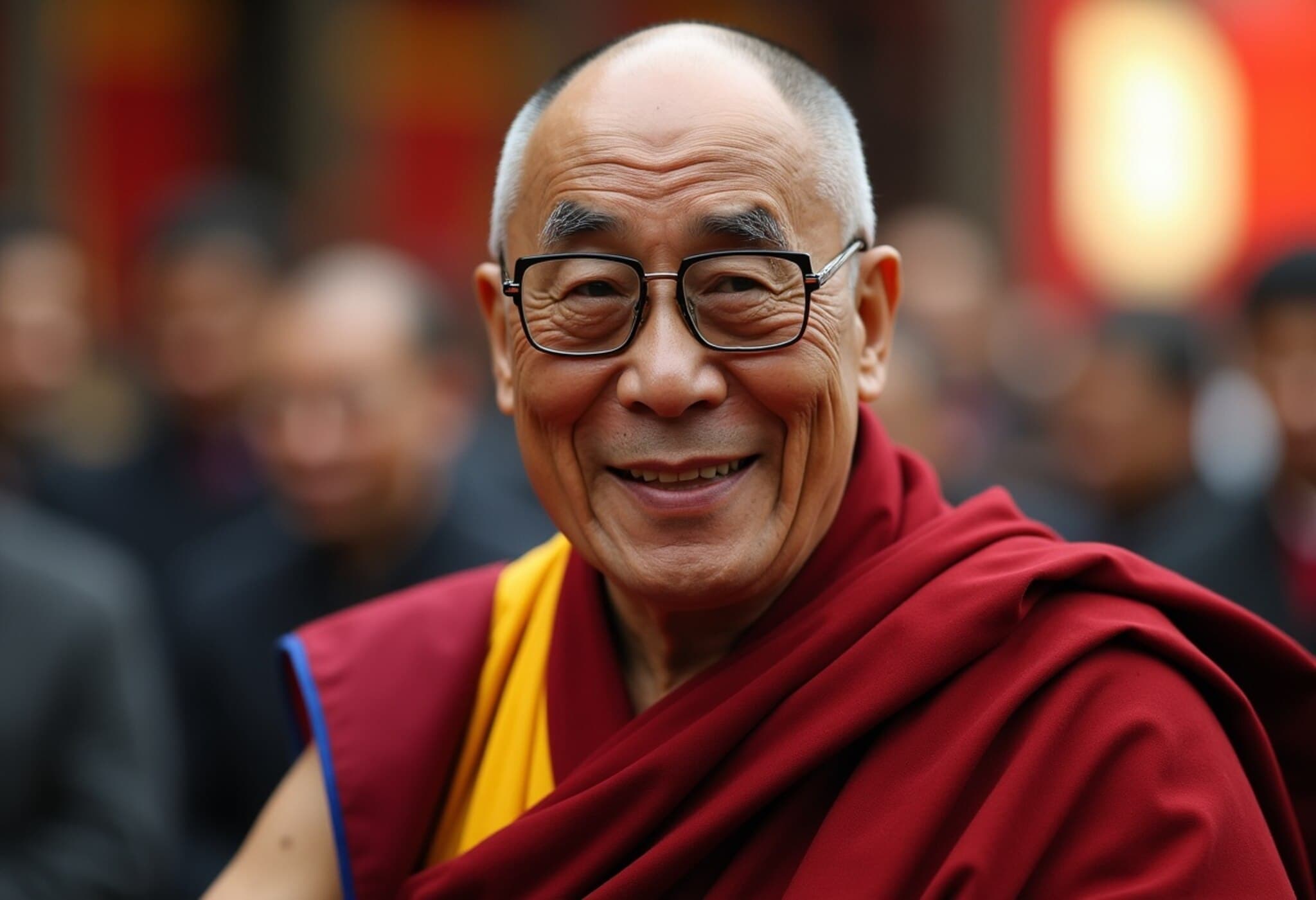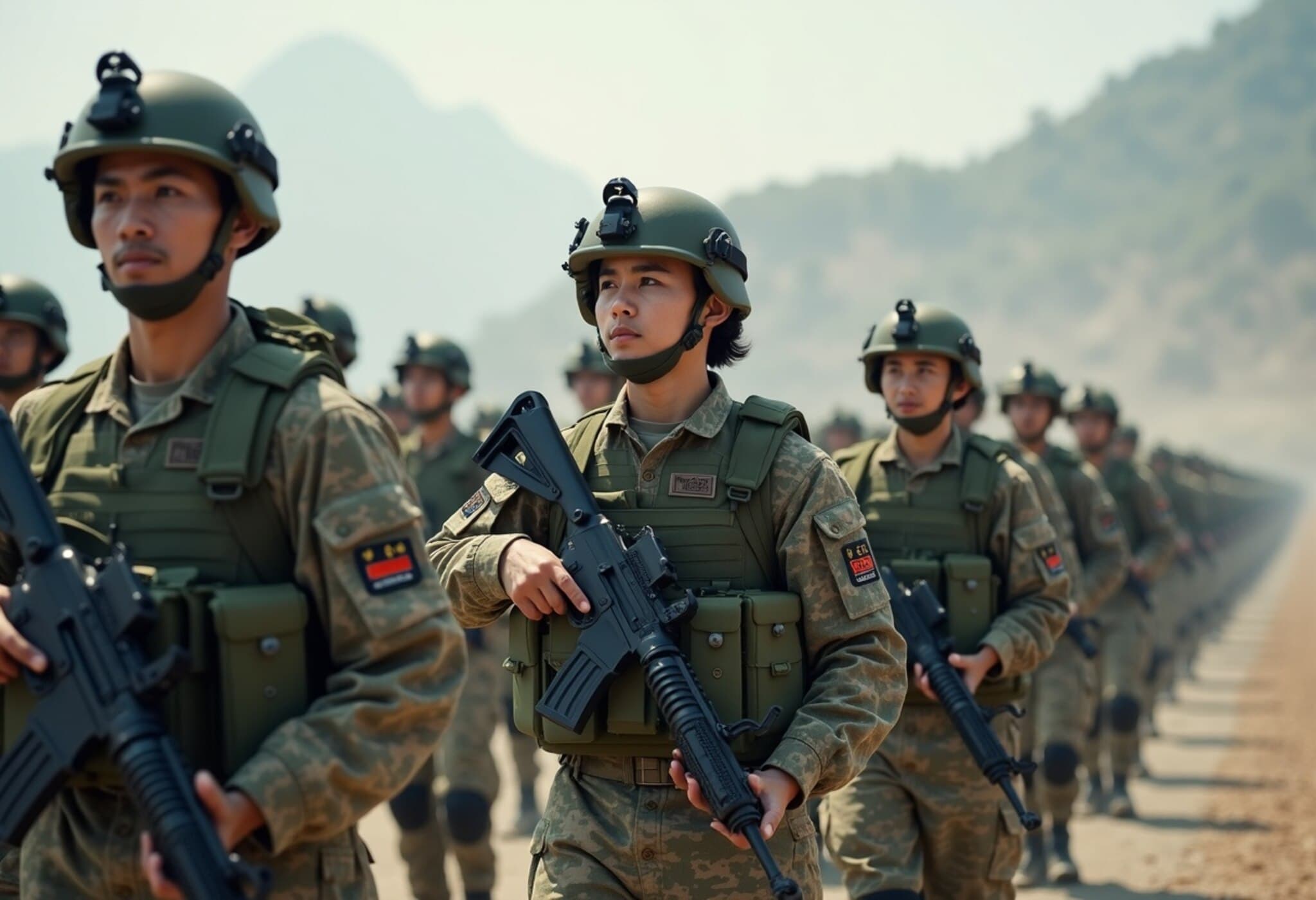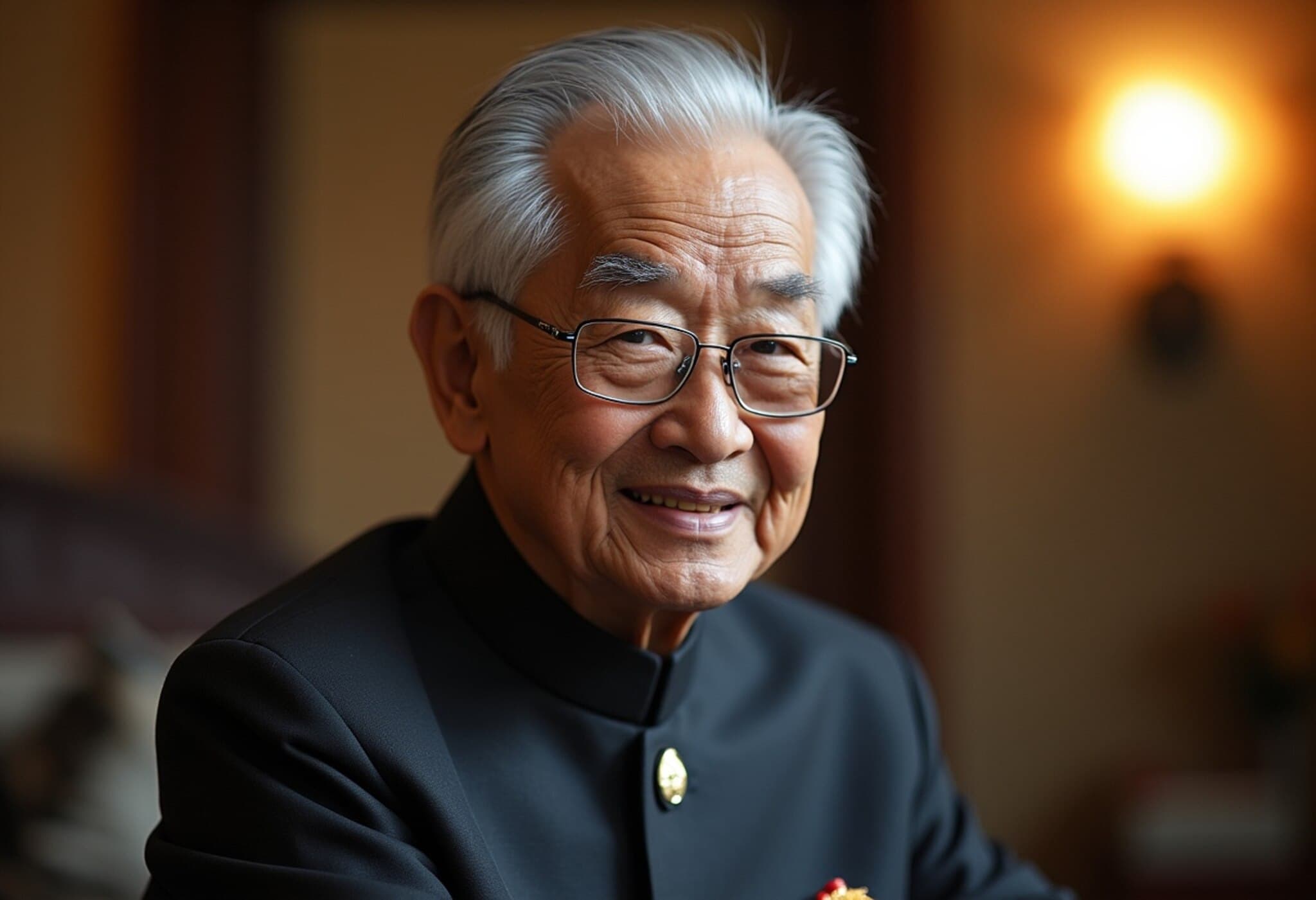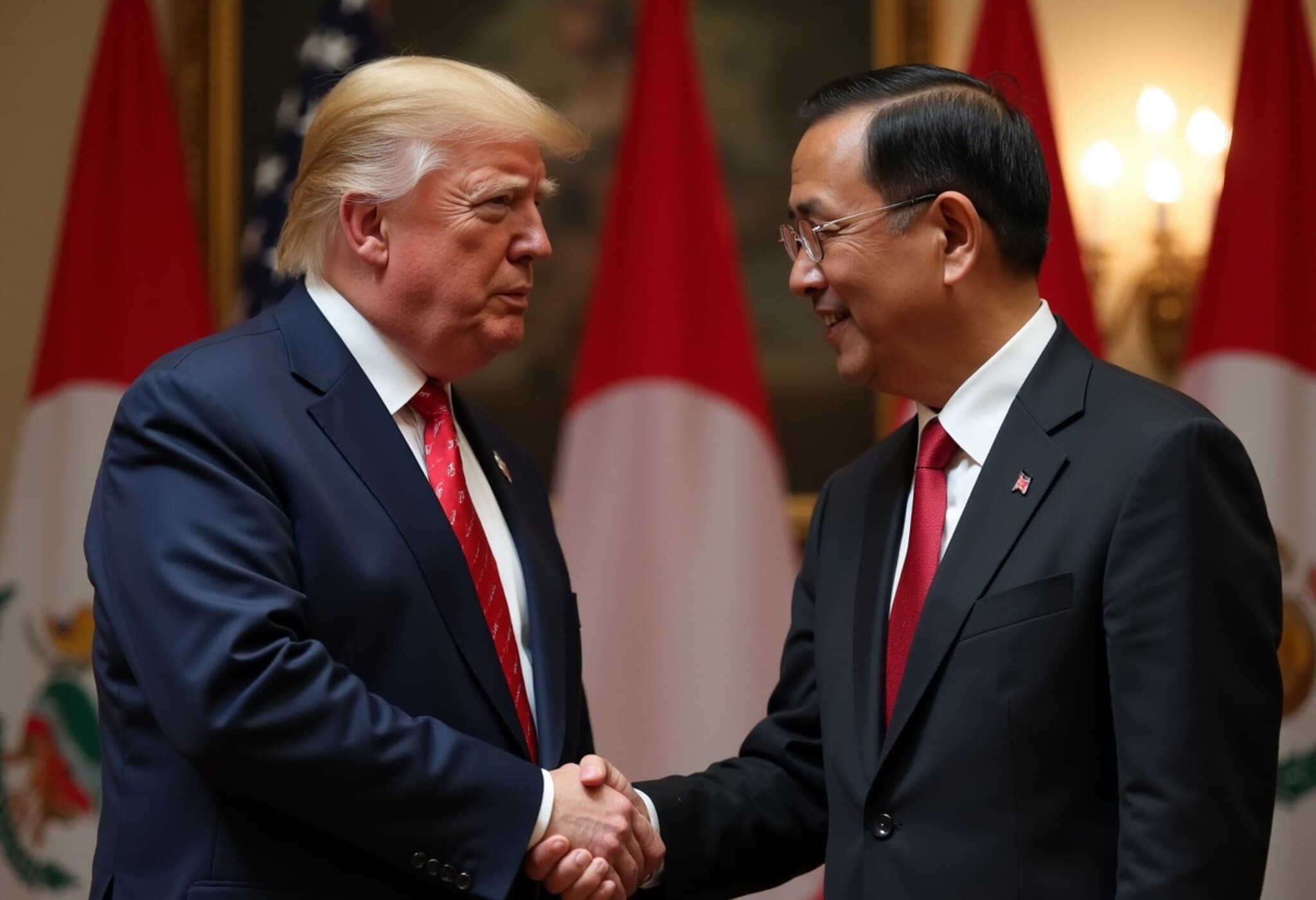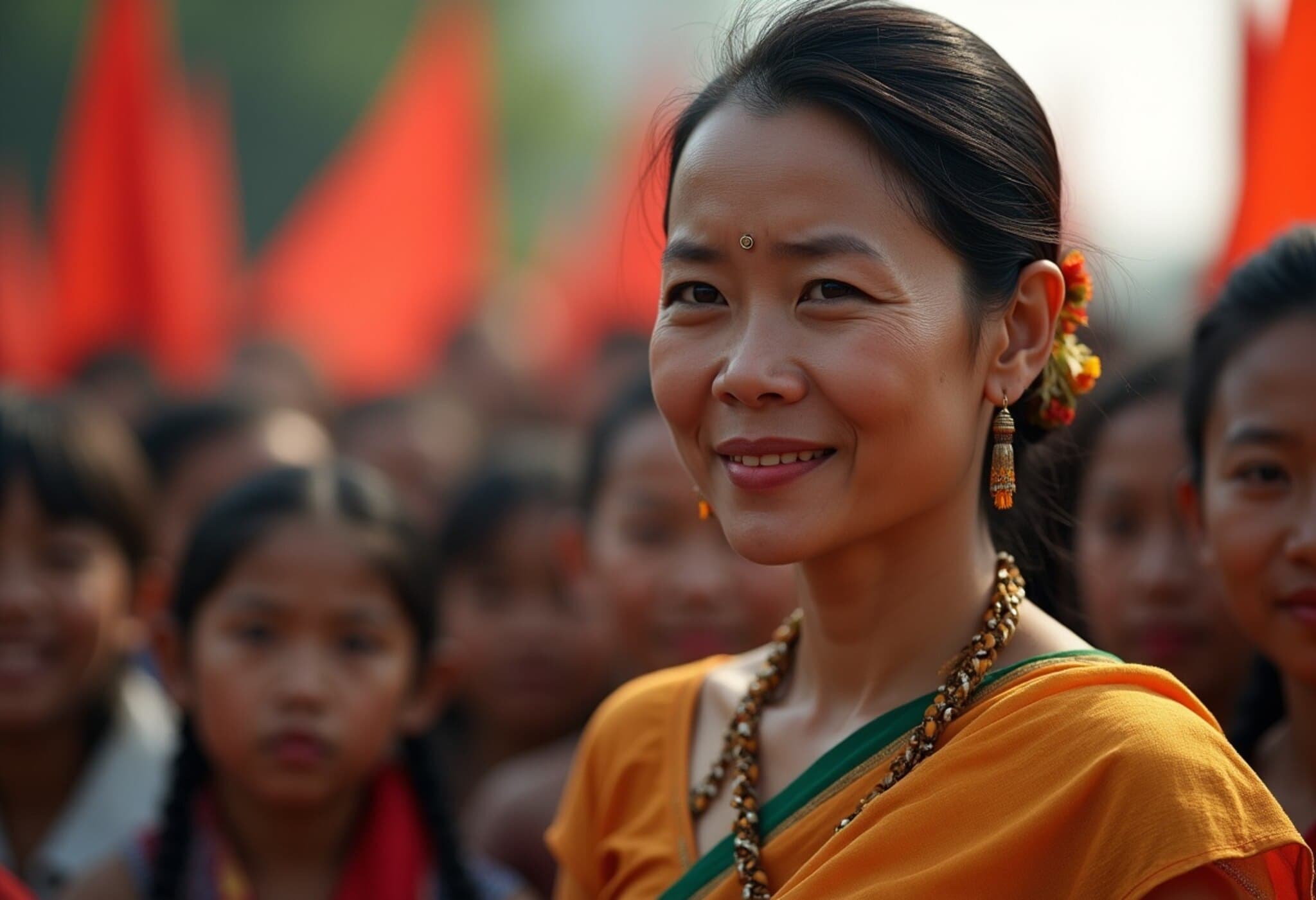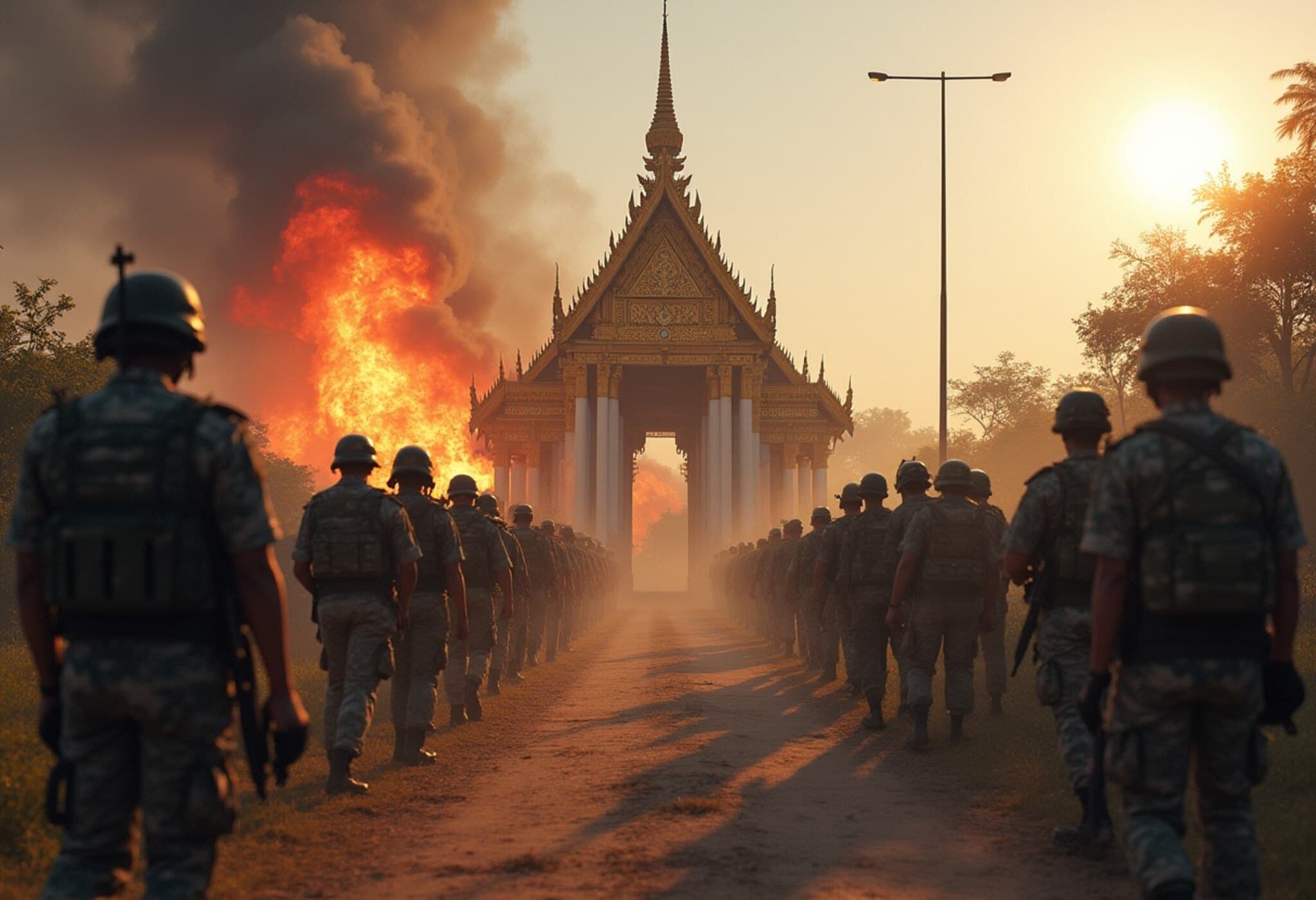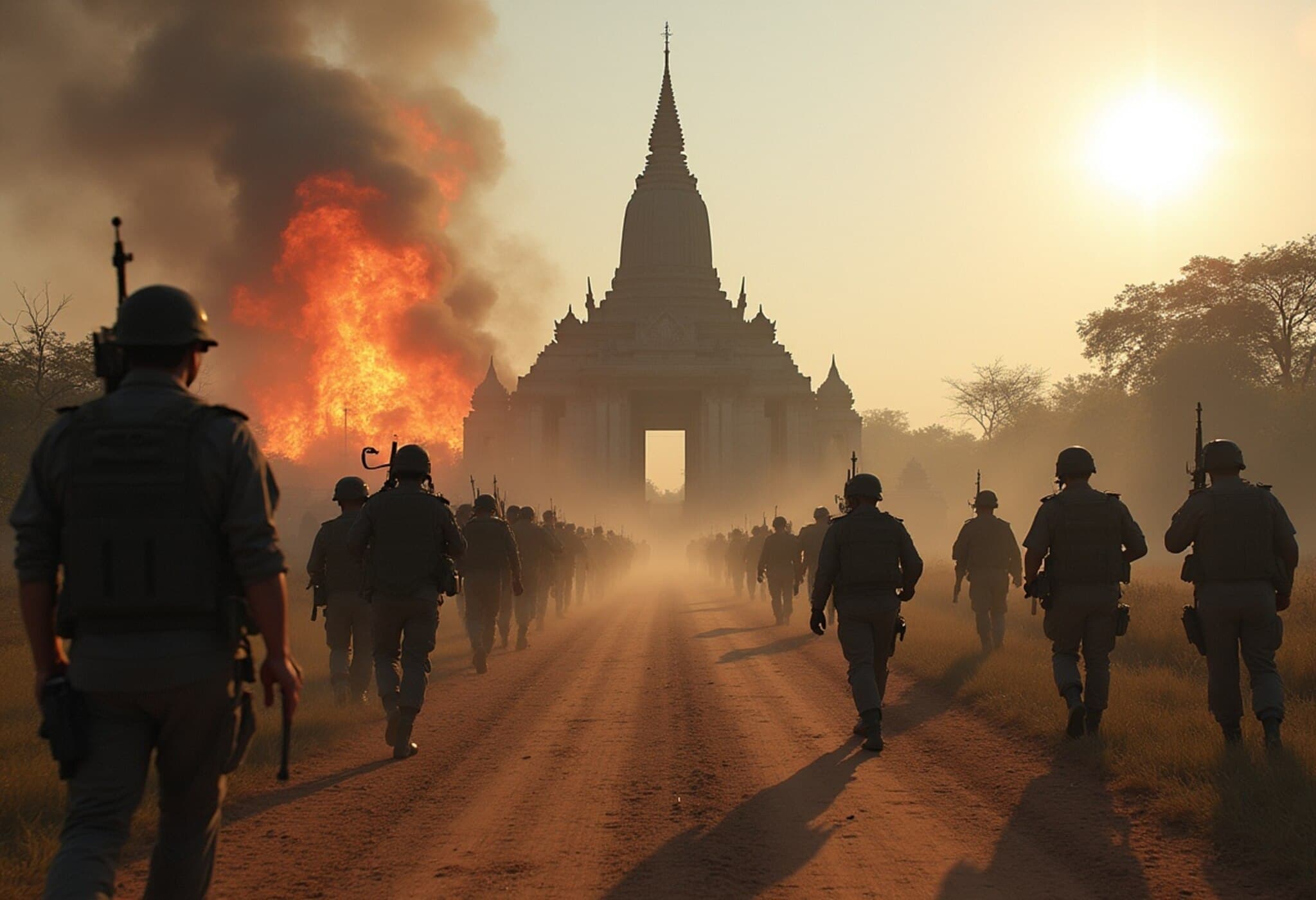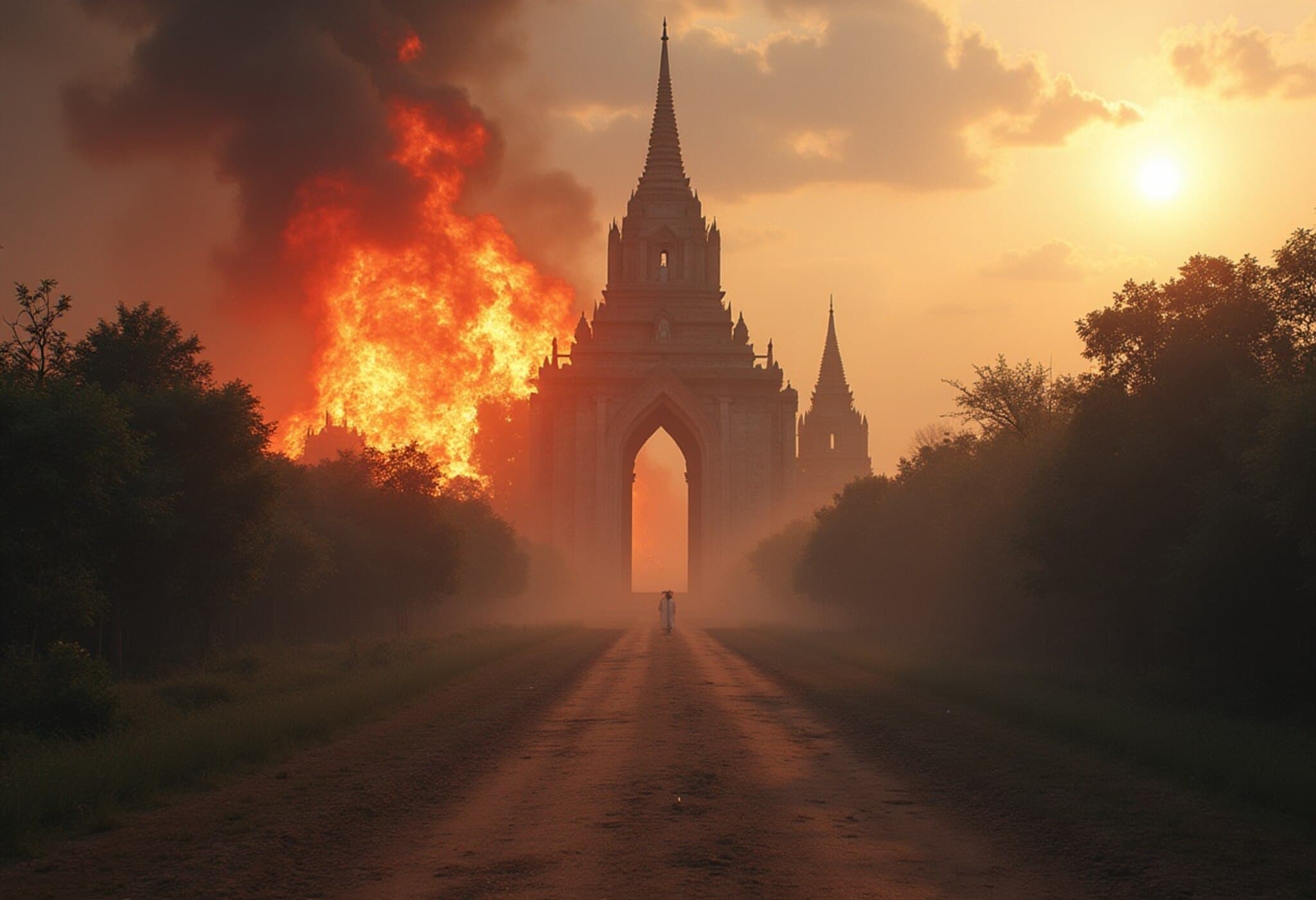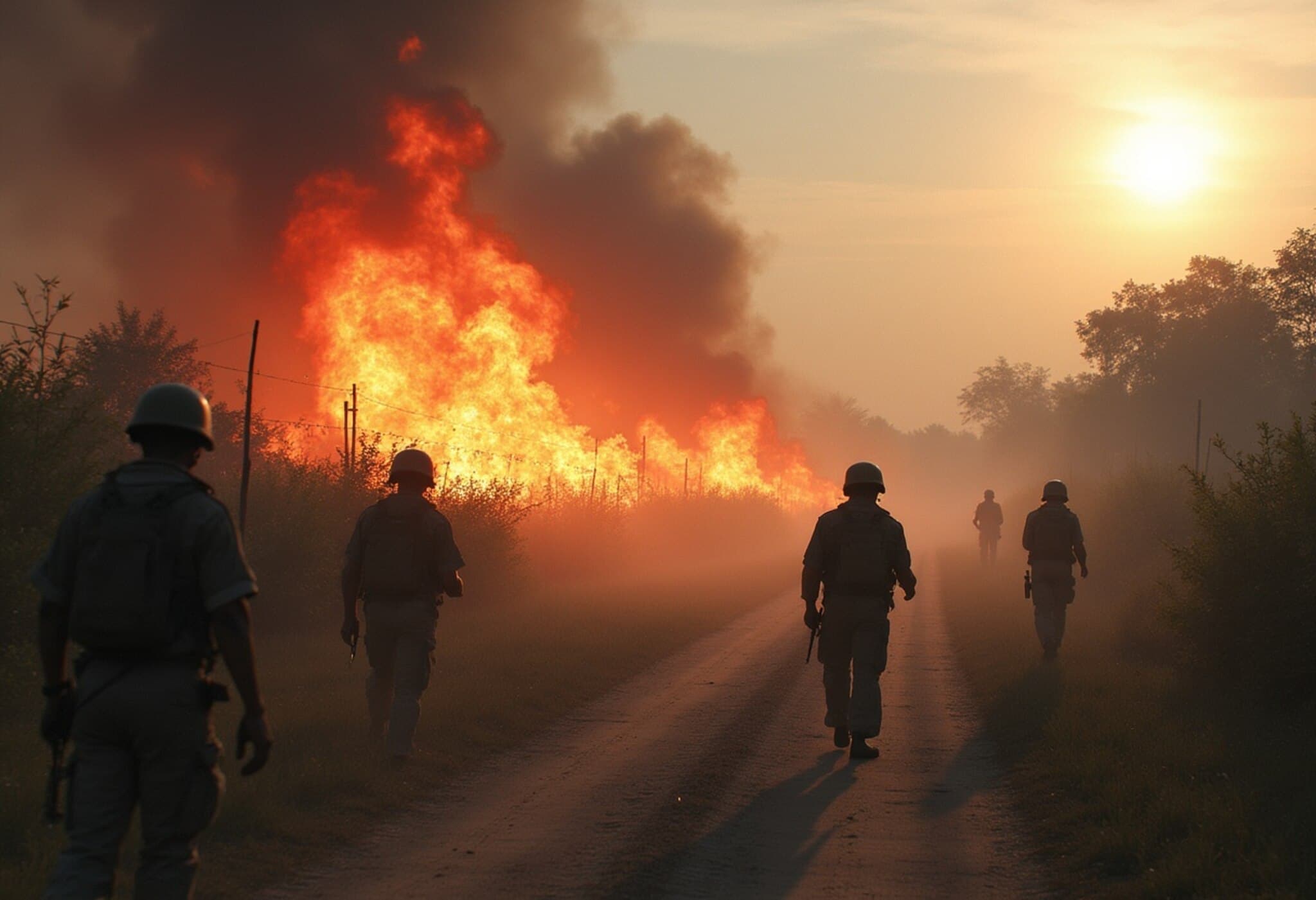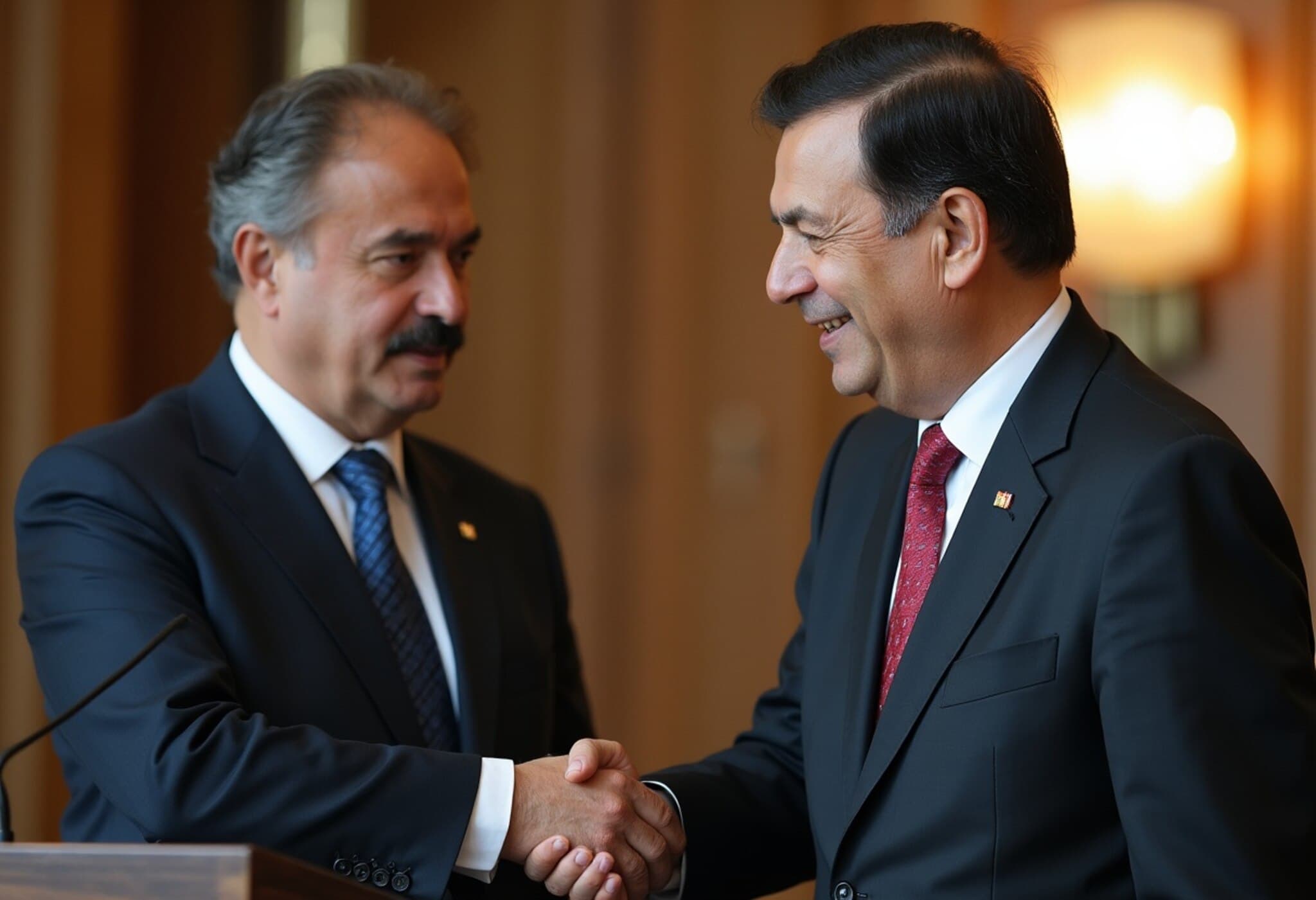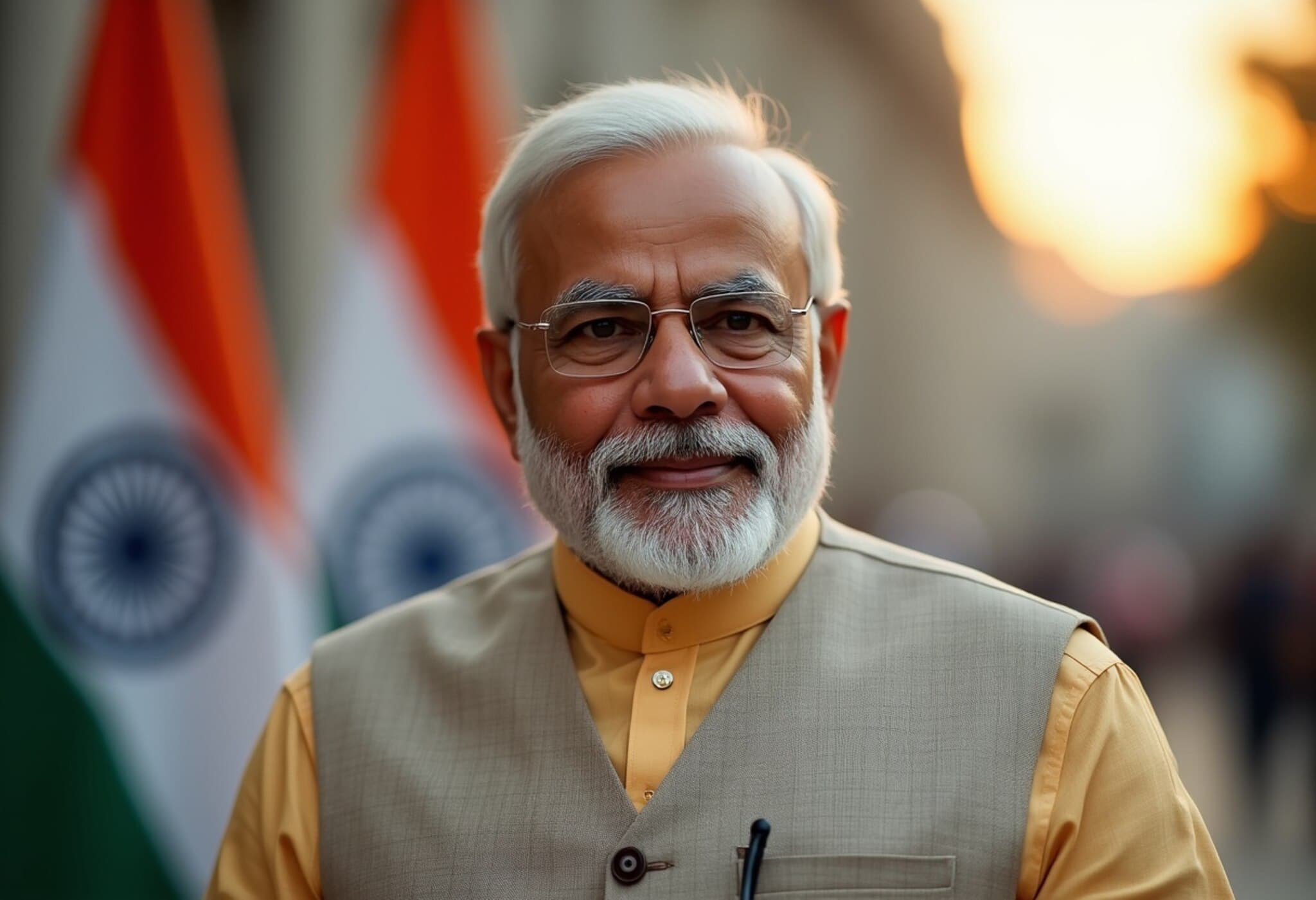Escalating Tensions Spill Online Amid Deadly Thai-Cambodian Border Clash
In late July 2025, fierce clashes erupted along the volatile border shared by Thailand and Cambodia, tragically claiming over a dozen lives and unsettling a region long marked by complex historical disputes. While soldiers face off physically on the frontlines, an equally intense confrontation has emerged within the digital realm, where citizens from both nations exchange hostile messages on social media platforms — amplifying nationalist fervor and public animosities.
From Borders to Bytes: The Digital Battlefront
The border conflict, reignited by a renewed series of military skirmishes, has severely strained bilateral relations. A Cambodian soldier’s death in May acted as a tinderbox, with deadly artillery exchanges on July 24 bringing the situation to a dangerous peak. However, beyond physical clashes, a less visible but deeply impactful battle has unfolded online.
The age-old rivalry between Thailand and Cambodia—to a significant degree fueled by competing claims over cultural heritage such as ancient temples, traditional dances, culinary identities, and territorial history—has taken on new life through social media. Platforms like TikTok, X (formerly Twitter), and Facebook have become arenas for impassioned and often vitriolic debates among young netizens defending their national narratives.
- Many Cambodian users rally with hashtags like #JusticeForCambodia, accusing Thai forces of initiating hostilities.
- Conversely, Thai citizens counter with slogans such as #CambodiaOpenedFire, accusing Cambodia of aggression.
- Derogatory exchanges also highlight broader societal issues, referencing Cambodia’s notoriety for scam centers, thereby blending military conflict with ongoing social grievances.
Political Figures Fuel the Fire
Compounding these grassroots tensions, prominent political personalities have publicly weighed in, using their considerable social media followings to escalate rhetoric. Thailand’s former Prime Minister Thaksin Shinawatra hinted at mediation but simultaneously spoke in defiant tones about military lessons for Cambodian leaders. In response, Cambodia’s ex-leader Hun Sen retorted sharply, framing Thaksin’s stance as betrayal and warning of the devastating human cost if war continues.
This interplay of political posturing adds layers of complexity to an already precarious situation, undermining efforts toward diplomatic de-escalation and fueling uncertainty about the region’s stability.
Wider Implications and Regional Response
The resurgence of hostilities has prompted urgent calls from Southeast Asian governments and international observers to prevent the outbreak of full-scale war. Both Thailand and Cambodia have already increased military deployments along their border and imposed travel restrictions, reflecting the heightened anxiety.
Notably, journalists’ associations from both countries have jointly condemned the unverified and inflammatory content spreading on social media, urging citizens to exercise caution and responsibility. This rare collaboration underscores the dangerous power of misinformation in exacerbating conflict and the critical need for credible, fact-based discourse.
Understanding the Deeper Roots and Looking Ahead
At its core, the Thailand-Cambodia dispute is steeped in a historical tapestry of colonial legacies, nationalist pride, and competition over heritage sites like the ancient Angkor Wat complex. These cultural flashpoints often ignite passions that transcend generations and borders.
The amplification of these tensions through social media reflects a broader global trend where geopolitical conflicts increasingly find expression online, where misinformation can spread rapidly and national identities become fiercely contested in digital spaces.
As this conflict unfolds, observers should watch how digital narratives shape public opinion, influence diplomatic postures, and impact prospects for peace in a geopolitically sensitive area pivotal to ASEAN stability.
Editor’s Note
The Thai-Cambodian border clashes remind us that modern conflicts extend beyond physical battlegrounds, permeating virtual landscapes where emotions and misinformation can escalate hostility. This evolving digital dimension challenges governments, civil society, and media alike to foster dialogue, promote verified information, and bridge divides. For readers, it raises critical questions about how social media can both illuminate and inflame geopolitical crises, and more importantly, what roles individuals and institutions must play to prevent online tensions from translating into irreversible violence.

